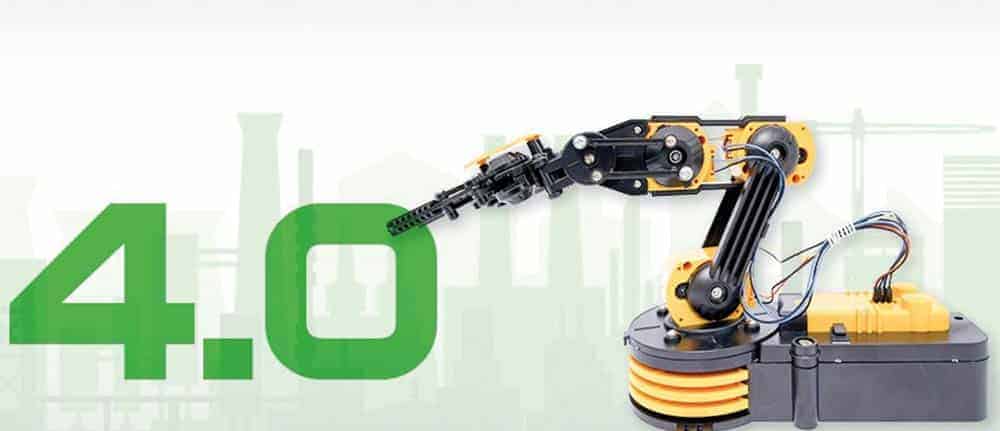The mix of technology and organization does the trick


The topic of Industry 4.0 is a high priority for German companies. Many expect it to give them a competitive edge over their rivals, lower production costs and falling general costs.
So far, however, only one fifth of companies have implemented initial projects, as the IDG study "Industry 4.0 - where does Germany stand" shows. But waiting is the wrong strategy here.
Every manufacturing company can benefit from Industrie 4.0, i.e. the Industrial Internet of Things (IIoT). For comparison: At the beginning of the 20th century, people asked themselves: For which carriage business is an internal combustion engine worthwhile?
Its resounding success quickly made this consideration obsolete. We have to look at the topic of Industry 4.0 in exactly the same way today. It is the duty of every company and is its business responsibility to deal with the new technological possibilities in order to secure its own competitiveness. Anything else would be negligent.
New, disruptive technologies form the basis for a successful Industry 4.0 project. But anything that requires a departure from proven patterns of success causes skepticism - especially in our tradition-rich and thriving industrial sector.
Many decision-makers are reluctant to redesign machines, even entire production lines, or to disrupt elementary production processes. Every intervention, every adjustment means a risk that must be calculated.
Companies can easily take the first step by using what they already have: their data. Collecting it, analyzing it and turning it into added value - that's what every Industrie 4.0 project is all about. Almost every machine generates data throughout.
Those who use them can keep their investment costs correspondingly low in the first step. If plants are not yet equipped with sensors, they can be retrofitted to determine the added value of the networked plant.
In addition, numerous tools are now available to make it easy to tap into the existing treasure trove of data. With the help of specialized solutions, companies can, for example, automatically read out SAP data at the push of a button and make it usable for data analyses - without any manual processing or additional programming work.
Via certified SAP interfaces, the required data from various sources is brought together in a central data lake, where it is available for collaborative evaluation.
But technology is only half the story. To drive forward the fusion of information technology (IT) and operational technology (OT) in a targeted manner and identify hidden potential, companies need to bring together experts from both areas.
Together, this interdisciplinary team collects ideas for digital optimization, discusses their feasibility, and selects one or two ideas to develop further. The goal is to develop a functioning prototype in a short time that can be easily scaled up later.
The key to successful collaboration in the IIoT project team is to develop in an agile manner, aiming for the greatest possible customer benefit, just as startups do. The Scrum project management method, for example, enables flexibility on the one hand, but also a very structured, targeted approach on the other. Start-ups naturally have few resources, which means they have to be extremely inventive.
Short communication channels also support a pragmatic approach. These characteristics are also very important in Industrie 4.0 projects. Unlike start-ups, established companies also have a broad employee base, a network, many years of experience and mature know-how. They should make the most of all this - and then, like a start-up, act in a very customer-oriented and targeted manner.





